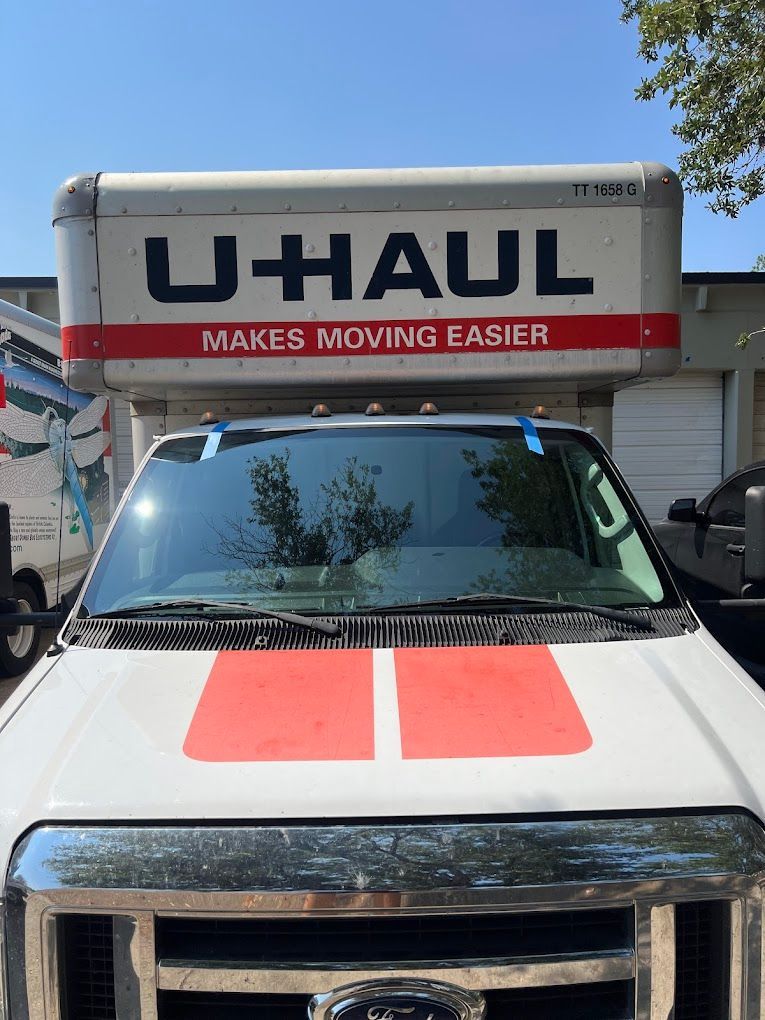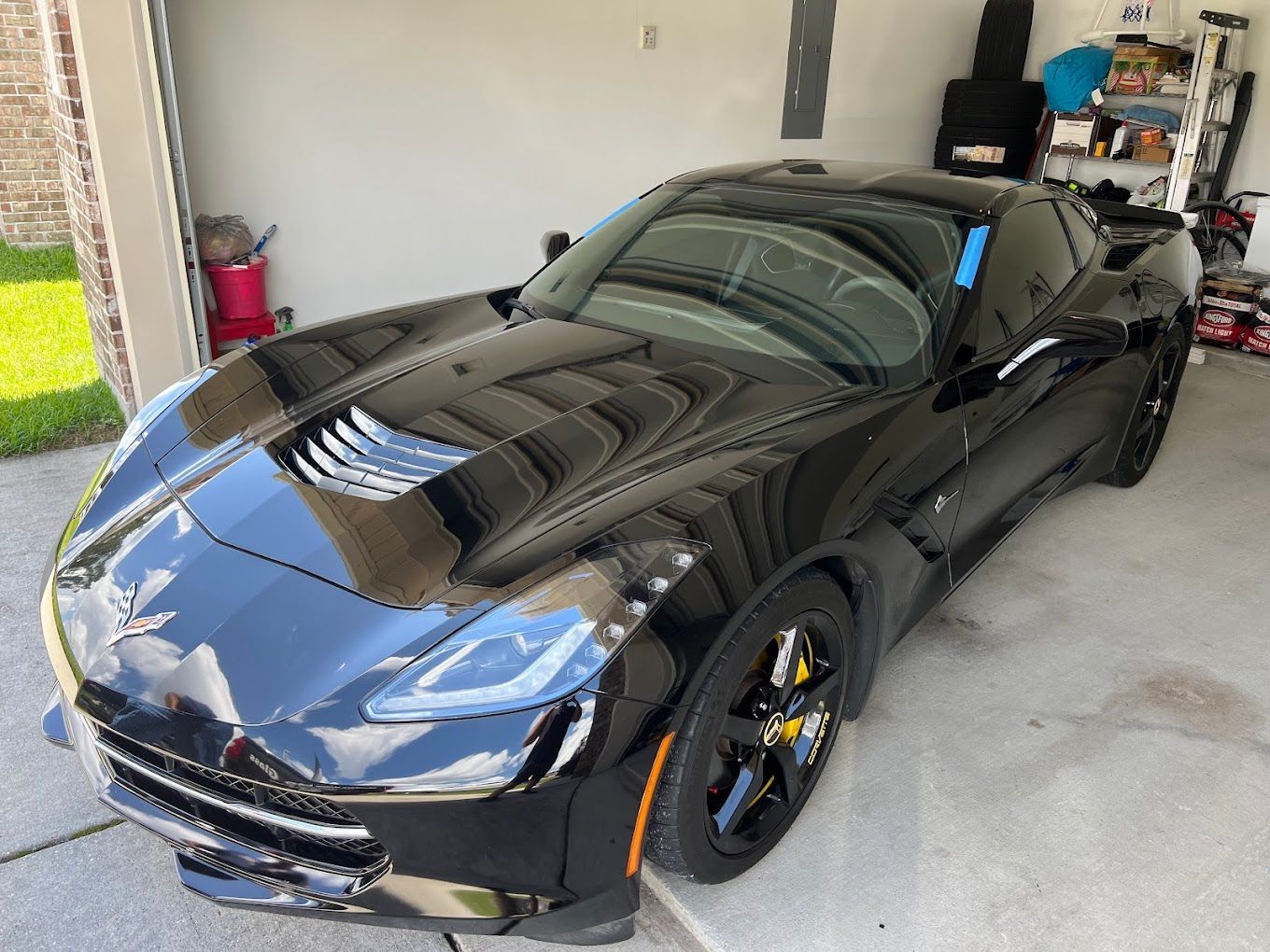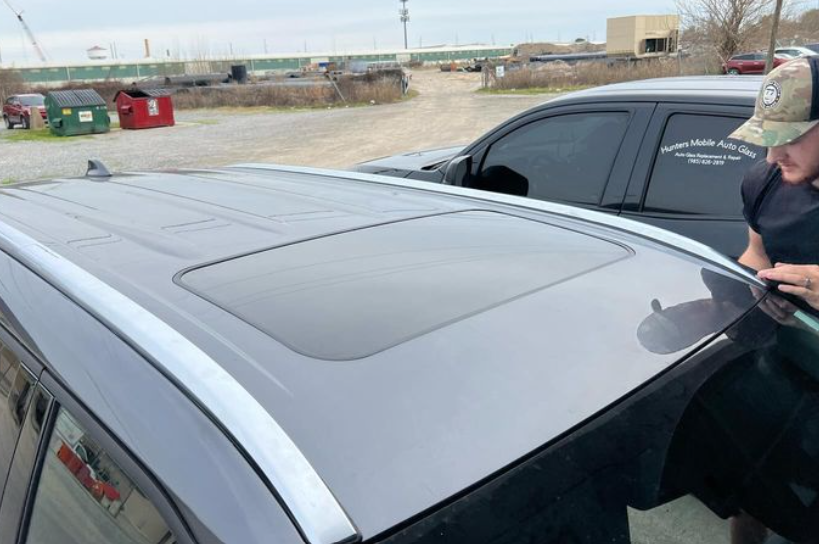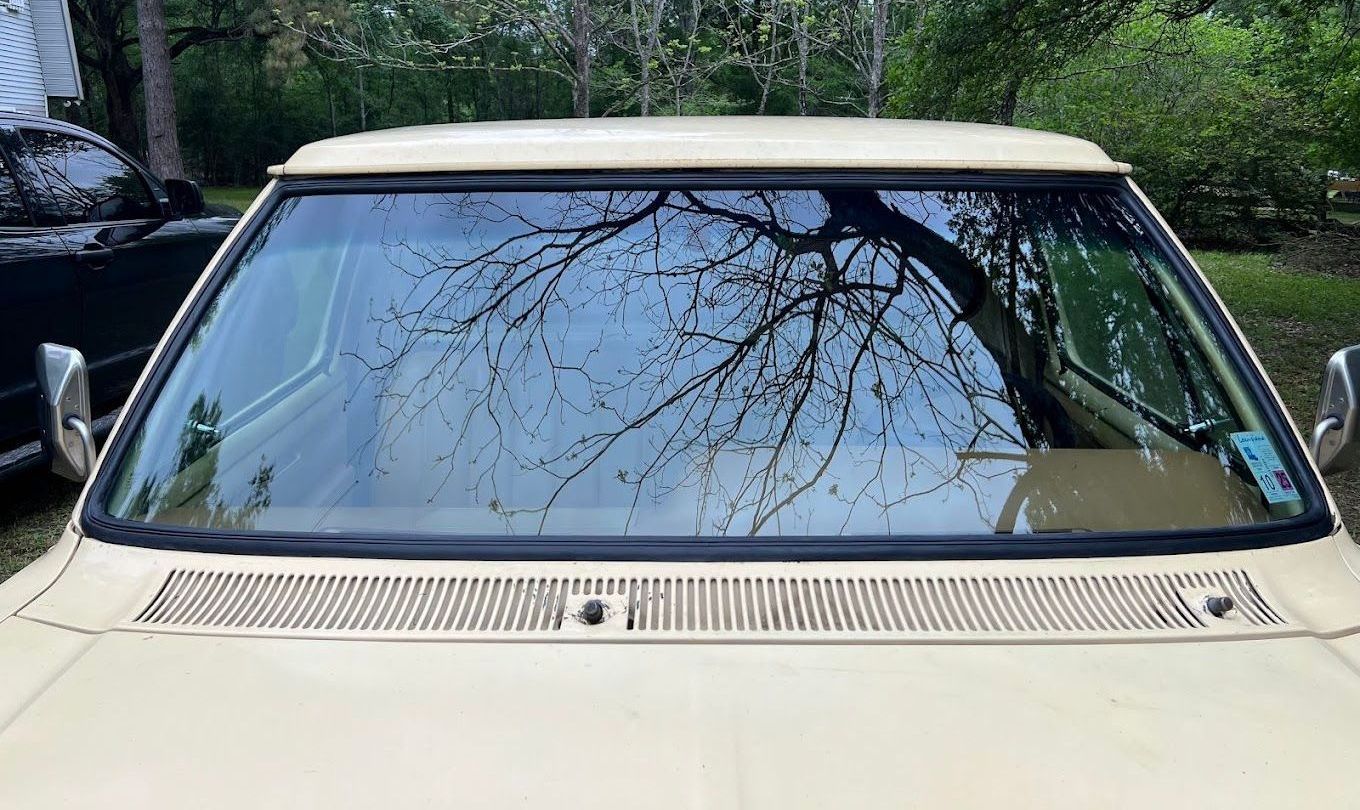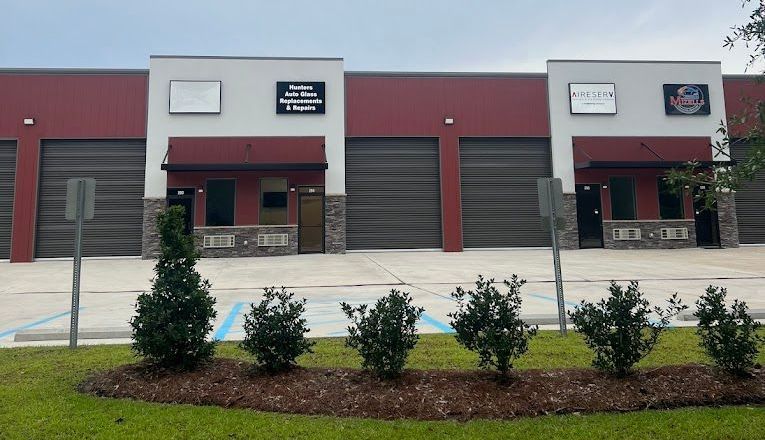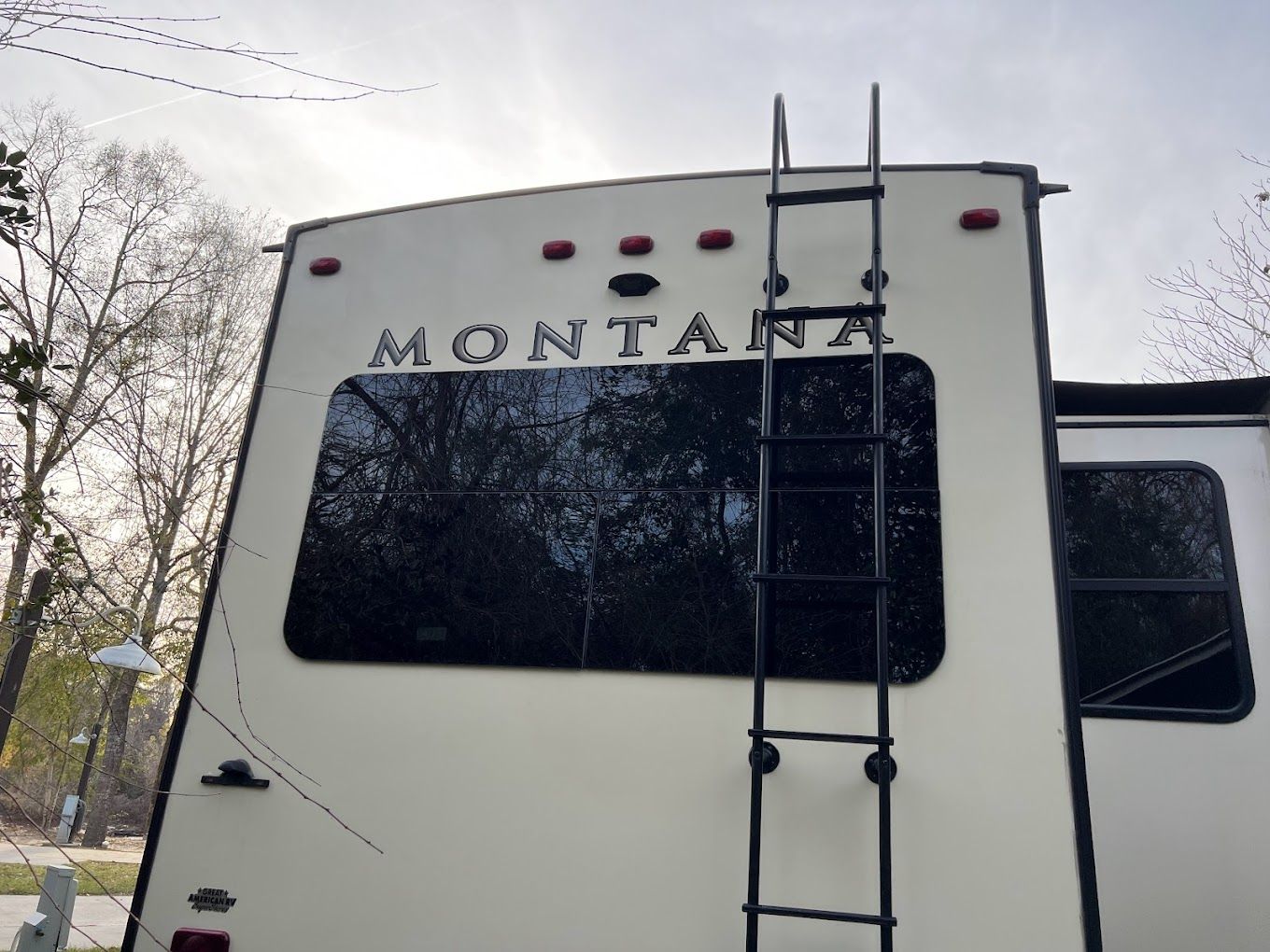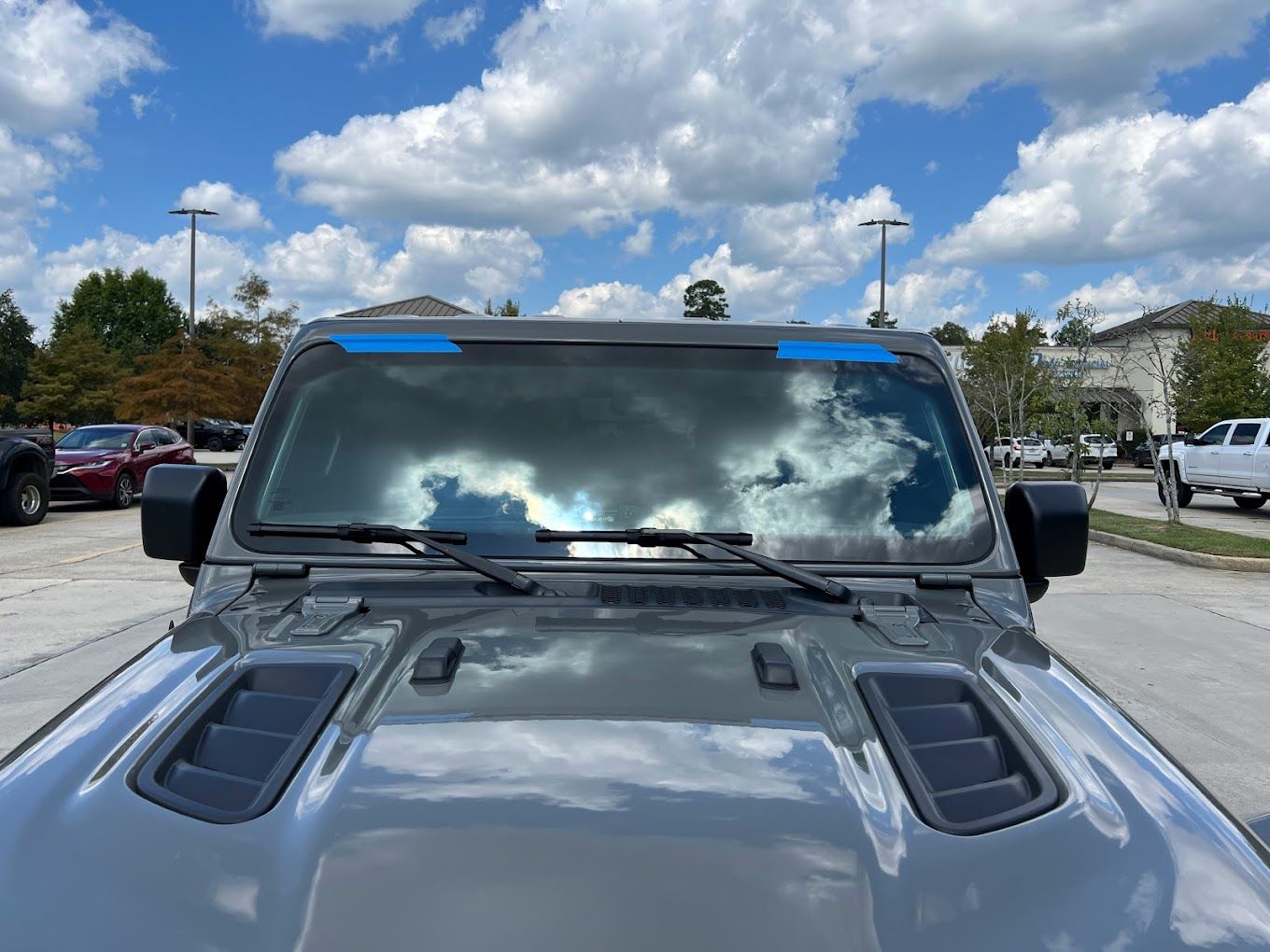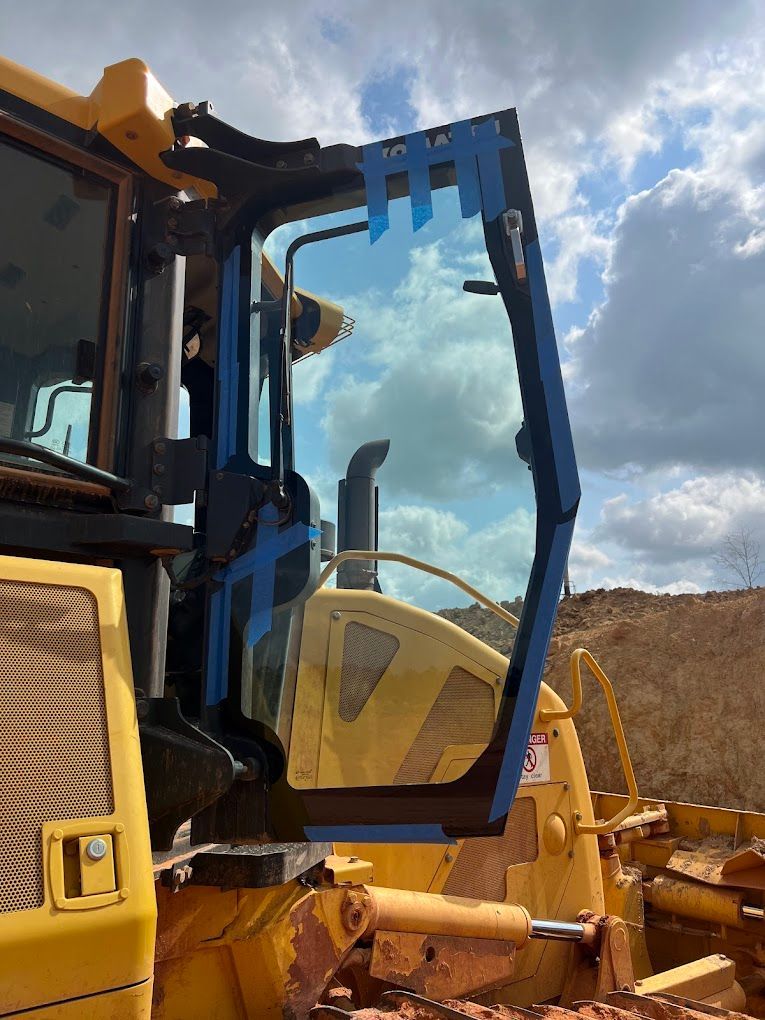Implementing a Fleet Auto Glass Maintenance Schedule
Auto Glass Maintenance Strategies for Commercial Fleets
Maintaining a fleet of vehicles is a complex task that requires careful planning, organization, and regular upkeep. One often overlooked aspect of fleet maintenance is auto glass care. Proper auto glass maintenance ensures driver safety, regulatory compliance, and long-term cost savings. Implementing a comprehensive fleet auto glass maintenance schedule is essential for keeping vehicles in optimal condition and preventing unnecessary downtime.
Why is Auto Glass Maintenance Important?
Auto glass, including windshields and windows, is vital for vehicle safety. A damaged windshield can impair the driver’s vision, reduce the vehicle's structural integrity, and compromise safety in the event of an accident. Additionally, cracked or chipped glass can worsen over time due to exposure to weather elements, leading to costly repairs or replacements. From a regulatory standpoint, drivers must maintain clear and intact glass to comply with safety standards. Moreover, neglected auto glass issues can lead to revenue losses due to vehicle downtime and increased repair costs.
Steps to Implement an Effective Auto Glass Maintenance Schedule
1. Conduct an Initial Inspection and Documentation
Begin by inspecting each vehicle in your fleet to identify existing glass damage, such as chips, cracks, or scratches. Document the condition of every vehicle’s auto glass using photographs and detailed records. This baseline helps track future issues and assess the extent of necessary repairs.
2. Set Regular Inspection Intervals
Establish periodic inspection intervals based on vehicle usage, operating environment, and manufacturer recommendations. Commonly, inspections are scheduled every 3 to 6 months. In high-risk environments with rough roads or harsh weather, more frequent checks may be necessary. Regular inspections enable the early detection of minor damage before it escalates.
3. Create a Maintenance Checklist
Develop a standardized checklist for auto glass inspections. This should include evaluating chips, cracks, seal integrity, wiper blade wear, and any signs of water leaks. The checklist ensures consistency across all vehicles, allowing maintenance staff to assess each one thoroughly.
4. Prioritize Repairs and Replacements
Establish clear criteria for when to repair versus replace auto glass. Minor chips or cracks can often be repaired economically if detected early. However, larger or multiple damages may require full replacements. Prioritize repairs that maintain driver safety and comply with legal standards.
5. Partner with Reputable Auto Glass Specialists
Build relationships with reputable auto glass repair and replacement providers. Having trusted professionals on call ensures timely service and quality workmanship. This partnership can also facilitate bulk service discounts, reducing overall costs.
6. Implement a Record-Keeping System
Maintain detailed records of all inspections, repairs, and replacements. Utilize digital fleet management software to track maintenance histories. Accurate records facilitate scheduling future inspections, processing warranty claims, and ensuring compliance with safety regulations.
7. Educate Drivers and Staff
Train drivers and maintenance staff to recognize early signs of glass damage, such as chips or small cracks. Encourage prompt reporting of damage to prevent escalation. Awareness can significantly extend the lifespan of your fleet’s auto glass.
8. Schedule Preventive Measures
Regular cleaning and sealing of auto glass prevent the buildup of debris and reduce the risk of damage. Also, replace wiper blades promptly to avoid scratching or damaging the glass during use.
9. Review and Adjust the Schedule
Periodically review maintenance records and inspection outcomes. Adjust inspection intervals and procedures as needed based on fleet performance and unforeseen issues.
Benefits of a Structured Auto Glass Maintenance Program
Implementing a structured auto glass maintenance schedule offers many advantages:
- Enhanced Safety: Ensures clear visibility for drivers, reducing accident risks.
- Cost Savings: Prevents minor damage from worsening, avoiding expensive replacements.
- Regulatory Compliance: Meets legal standards for vehicle safety and security.
- Prolonged Vehicle Lifespan: Maintains the overall integrity of the vehicle.
- Operational Efficiency: Minimizes unexpected breakdowns and vehicle downtime.
A proactive approach to auto glass maintenance is a fundamental component of fleet management. By establishing a regular inspection and maintenance schedule, fleet managers can ensure driver safety, reduce long-term costs, and keep vehicles compliant with safety regulations.
Do You Manage a Fleet in the Covington, LA Area?
If you manage a fleet in or around the areas of Covington, Mandeville, Madisonville, or Slidell, LA, contact us at Hunter Auto Glass. We’ve been working with fleet managers in this area for years and understand that implementing systematic auto glass care will protect your drivers and your assets.
